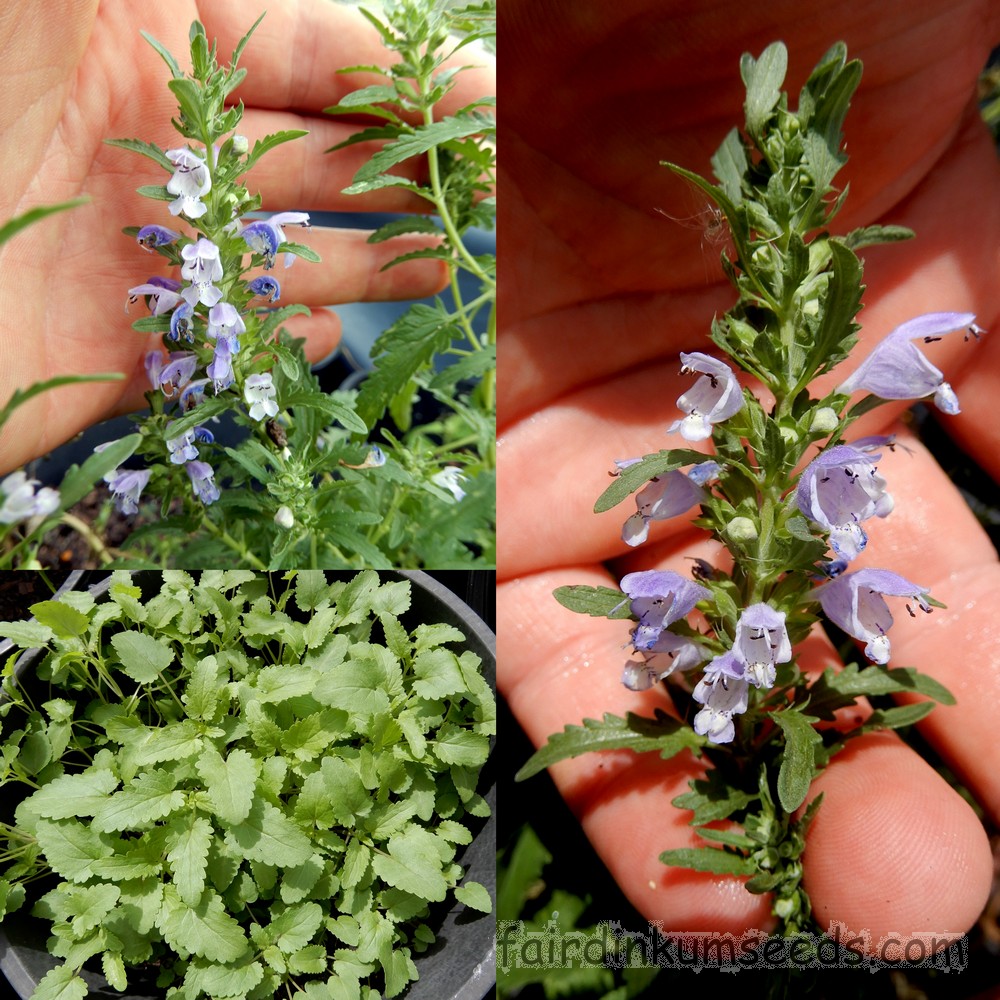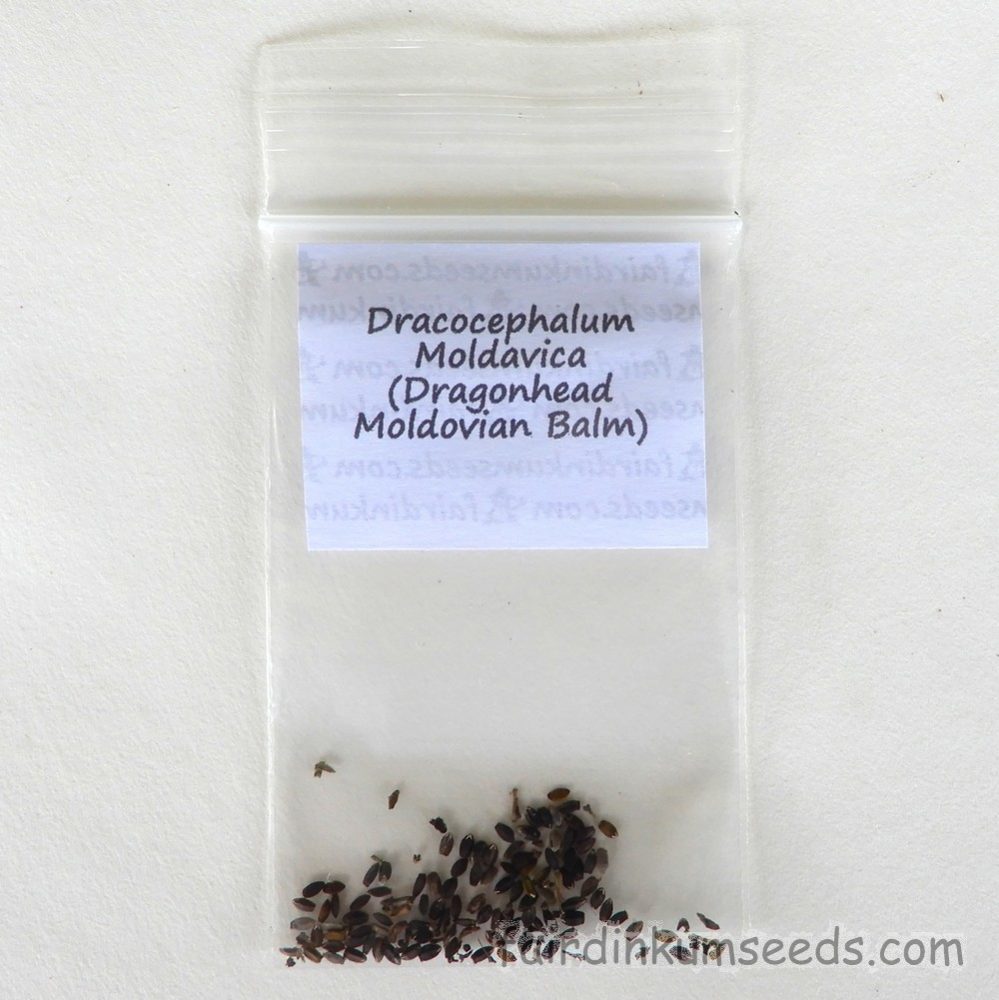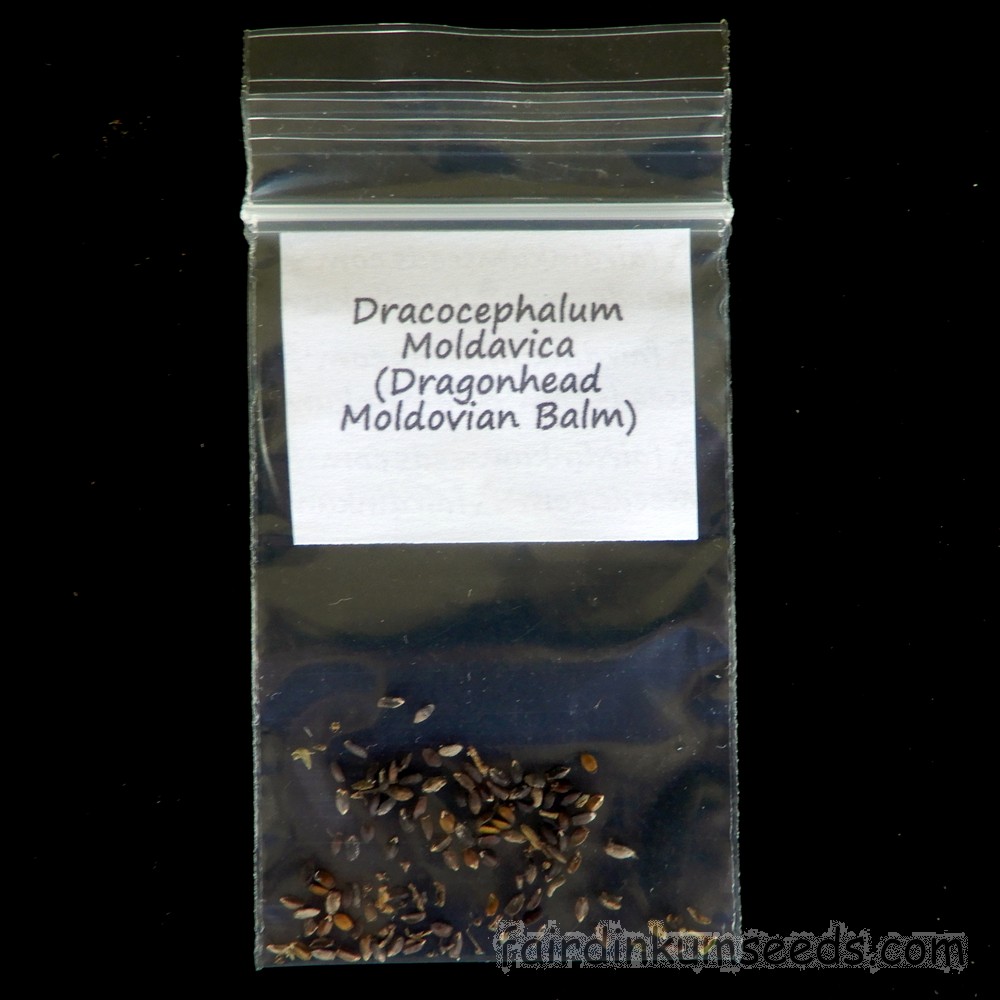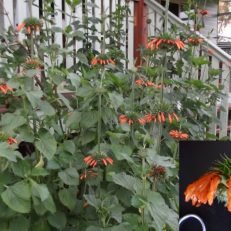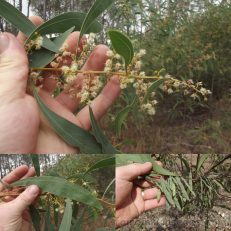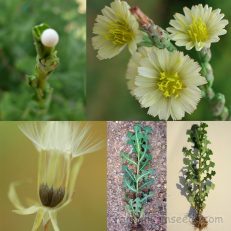Please read text!
Dragonhead Balm Moldovian Herb Dracocephalum Moldavica Seeds
Packet of 50+ home grown organic seeds!
I have been growing this guy for ages now, having gotten seeds from lots of different folks all over the world.
Unfortunately it never really did good..
I had been growing each source of seeds separately on rotation, with the ones sourced from Russia here, and the Thai ones there, and the American ones over there, Ukrainian ones over here etc.
None of them doing particularly good though with erratic germination and poor yields super common no matter what I did.
It was only a few years back I decided bugger it, I will just cross them all up in the hope that the bigger genepool will give them a boost.
Worked great and now I have great germination, awesome yields and no aphid or sap sucking insect pest issues either.
The reason each origin of seeds was performing poorly was as follows.
(Feel free to scroll past but I figured it may be of interest.)
Each batch of seeds was very very similar and exactly the same species.
The only differences being minor, things like cold hardiness or days til flowering, that sort of thing.
The problem was, I started with a limited number of seeds, and most of those didn’t grow.
The ones that did, most didn’t live long enough to set seeds.
Just an example, but its like distant cousins having babies.
Not ideal, but not that bad genetically.
But if their babies have babies which are now brother and sister, then their babies have babies, etc, etc, etc.
Closely related family members having babies isn’t exactly great, and especially generation after generation.
Just take a look at any royal family….
After a while the gene pool is tiny, all the plants are super similar, and they are only suited to a tiny little niche of the ecosystem too.
They do awesome in that niche, but anything outside that ideal zone, say a hot day, or a little insect attack, or heavy rain rolls them.
Any minor stress at all is too much, and the plants keel over and die.
This is the same situation you have with many modern hybrids and plants designed for modern intensive farming techniques.
Ideal in an ideal conditions, fully irrigated, mono-cropping farm situation, but bloody useless in a suburban backyard garden bed.
Where the grower is a bit slack like me, or dare I say it, heading into more and more dramatic climatic conditions with unseasonable weather patterns becoming the norm, over selection of plants is a really bad idea.
The easy way to fix the situation is to just bring in some new genes, and that is what I did.
I crossed them all up and now a few years later I have strong healthy plants with lots of genetic diversity, able to handle a huge range of conditions again.
The large beautiful blue, white and purple blooms smell lovely and the the whole plants makes a great lemony tea.
It is just like lemonbalm but a bit stronger and this is due to the large amount of linolenic acid.
The other advantage of this fella over most other lemony herbs is it keeps it’s flavour and aroma when dried.
Just cut the plants and hang them upside down in the shade.
Once crispy, roughly rub the whole plant against a sieve and throw the stems away.
Wack it in jars and keep them in a dark cupboard until needed.
It’s known as dragonhead, melissa, tuoksuampiaisyrtti, Turkish dragonflower, Turkmint, Chinese blue hyssop, toronil azul, toronil chino, Turkish melissa, Moldavian balm, Moldavian dragon’s head, Moldavian dragonhead etc.
It isn’t actually Turkish or Moldavian, it’s originally from China, and it has spread widely through Europe as a crop for bees to increase honey production, and as a medicinal herb.
Most often made into a tea but it is also commonly smoked with or without blending with other herbs.
The seeds are high in omega-3 fatty acids and considered astringent, carminative and tonic, with the tea said to give courage, calmness, and relieve stress.
I’d agree with all of that.
Traditionally it is often used as a poultice on cuts and scrapes due to it’s natural antibiotic effects.
It is also used for mild food poisoning and diarrhea, heart disease, cold and flu, headache, bronchitis etc.
We just use it as a relaxing lemony tea.
For that reason alone it’s a great little herb, and one you don’t see very often here in Australia.
Grown by me and the Mrs organically, no chems, no nasties, no problems!!!
